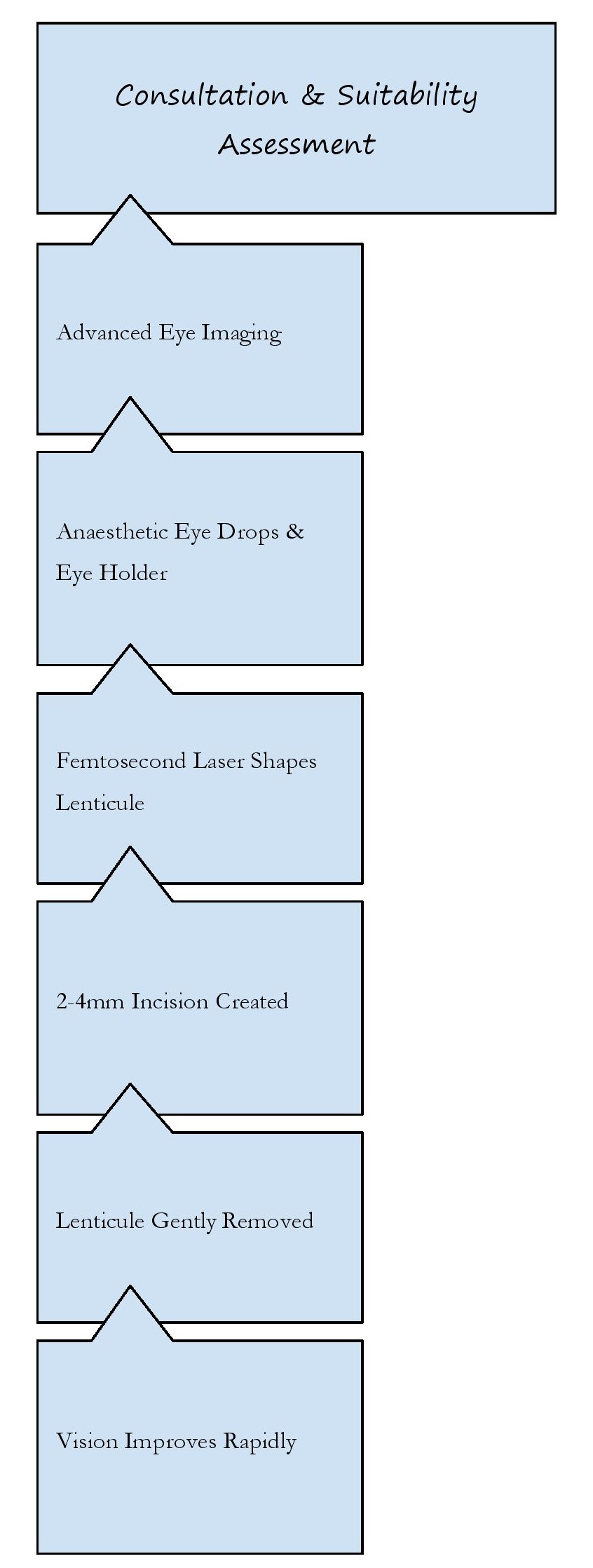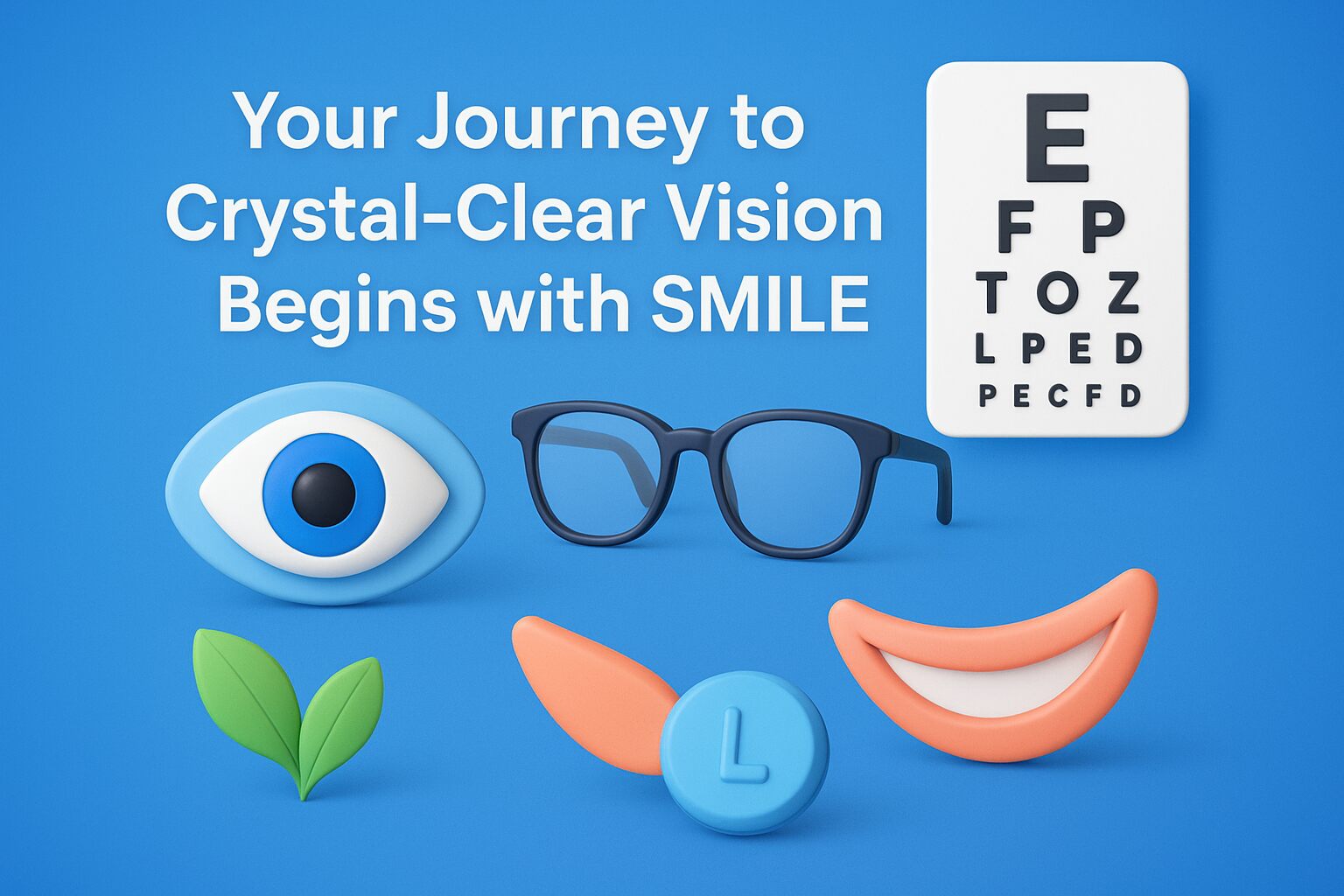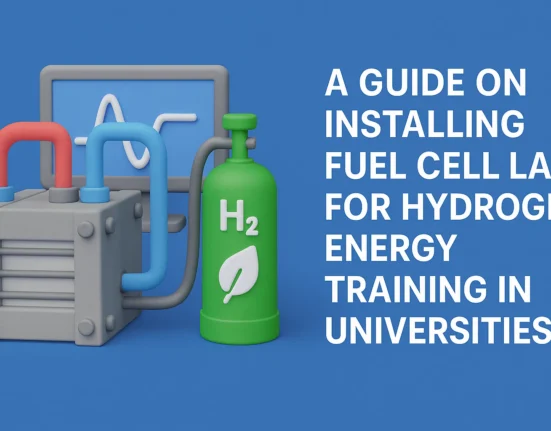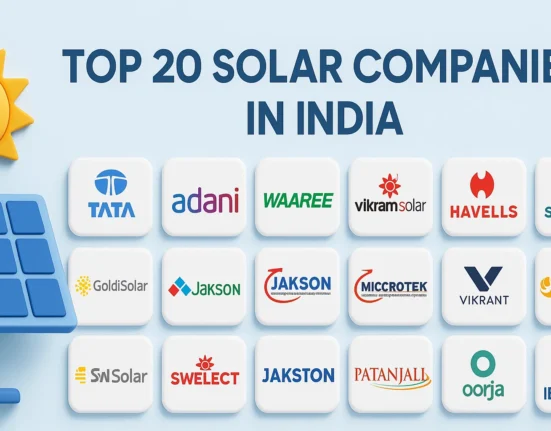Tired of wearing glasses? SMILE eye surgery may be the answer you have been waiting for. This innovative procedure is gaining attention worldwide, especially amongst those eager to sidestep the inconveniences of traditional vision correction. It’s flap-free, minimally invasive, suitable for most eye types, and heals in just a few days!
What Is SMILE Eye Surgery?
SMILE eye surgery stands for Small Incision Lenticule Extraction. It is a minimally invasive, advanced, flapless laser procedure developed to correct short-sightedness (myopia) and mild astigmatism. Instead of creating a corneal flap as in traditional LASIK, SMILE Eye Surgery uses a femtosecond laser to carve a small lens-shaped piece of tissue (called the lenticule) within the cornea, which is then removed through a tiny incision, usually less than 2mm. This minimally invasive approach means faster healing, greater corneal stability, and less risk of dry eye symptoms.
SMILE Eye Surgery as Compared to Other Surgeries
| Feature | LASIK | SMILE Eye Surgery | PRK |
| Flap Creation | Yes | No | No |
| Incision Size | ~20 mm | 2-4 mm | None |
| Suitable for Dry Eyes | Sometimes | Sometimes | Yes |
| Recovery Time | 2-3 days | 1-2 days | 5-7 days |
| Return to Activities | After 2-3 days | 1-2 days | After a week |
Step-by-Step Guide

Risks, Side Effects, and Recovery
Short-Term Side Effects:
- Initial blurred vision, mild discomfort, watering, or light sensitivity for 12–24 hours; less often, small epithelial scratches.
Long-Term Safety:
- Studies show regression or undercorrection is rare but may require minor enhancements with PRK.
- Infection, haze, or corneal ectasia (bulging) are very rare with proper screening.
- Night vision issues (halos, glare) are less frequent than with early LASIK, due to the precision lenticule removal.
Post-Operative Care:
- Antibiotic and lubricating eye drops for up to 2 weeks
- Shielding eyes during sleep for several days
- Avoiding eye rubbing, water activities, and heavy lifting for 1-2 weeks
Why Is SMILE Eye Surgery Gaining Popularity?
- Minimally Invasive:
The procedure requires only a 2-4mm incision, which preserves most of the corneal structure and leads to greater post-surgery strength and stability. - Flap-Free Comfort:
As no corneal flap is created, there are fewer activities off-limits after recovery- a major plus for those with active lives who enjoy sports or travel. - Swift, Predictable Recovery:
Vision often sharpens within hours, with most individuals able to drive and return to routine activities the next day. - Lower Risk of Dry Eyes:
Fewer corneal nerves are affected, making SMILE a favourable option for individuals concerned about postoperative dryness. - Fast Procedure:
The entire procedure typically takes 5-10 minutes per eye, making SMILE a sought-after option for many. - Painless experience: Anaesthetic eye drops are gently administered before the procedure begins. These drops numb the surface of the eye, so you feel only a light sense of pressure but no pain throughout the surgery.
- Same-day discharge: Most surgeries are completed for both eyes in under 30 minutes, and patients are generally able to return home within an hour. There is no hospital stay; returning to a familiar environment the same day supports a more relaxed overall experience and a speedier emotional and visual recovery.
- Long-term vision improvement: For the majority of patients, the clarity achieved with SMILE eye surgery is stable and persists for many years. The improvement is not just immediate but long-lasting, with most enjoying excellent distance vision day after day.
Who Is SMILE Eye Surgery For?
- Adults ( 18+) with stable prescriptions for at least six months
- Individuals with myopia (up to -10.00D (dioptres)) and mild astigmatism (up to -5.00D)
- People without significant corneal disease or other pre-existing eye health issues
Pre-op evaluation typically includes:
- Pentacam mapping assesses corneal topography and rules out irregularities
- Tear Break-Up Time (TBUT) checks for dry eye risk
- Wavefront analysis looks for higher-order aberrations
Only a comprehensive eye examination by a qualified ophthalmologist at a reputed eye hospital can confirm if you are eligible. Notably, SMILE is not meant for the correction of long-sightedness (hyperopia).
Advantages and Limitations of SMILE Eye Surgery
Advantages:
- Reduced flap complications (as there is no flap)
- Less corneal nerve damage, so lower dry eye rates
- Quick vision recovery—most resume daily tasks in 1–2 days
- High patient satisfaction rates for distance vision
Limitations:
- Not currently approved for hyperopia or severe astigmatism
- Not reversible; minor enhancements require PRK over the same tissue
- Night vision glare can occur, although less frequently than in older procedures
Your Next Step toward Clear Vision
SMILE eye surgery has already given a new lease of life to millions, providing clear, sharp vision with minimal hassle and downtime. At reputed eye hospitals, your experience is guided by specialists, from consultation to follow-up, ensuring not just clinical success but complete peace of mind.
If you are ready to discover whether SMILE eye surgery is the right journey for you, arrange a consultation at trusted hospitals known for such advanced vision correction. With transparent advice, highly skilled surgeons, and compassionate aftercare, your path to crystal-clear vision truly begins here.






